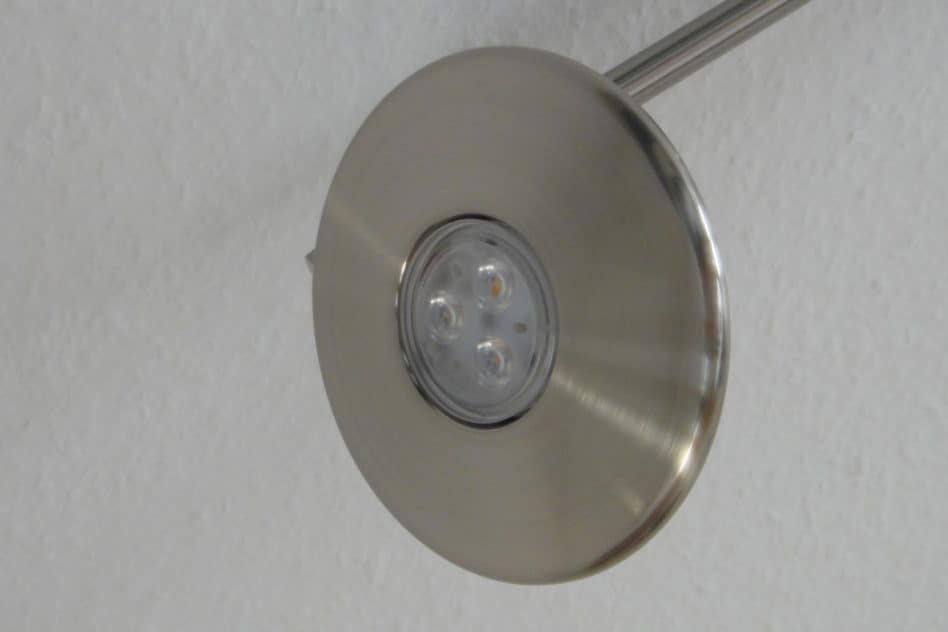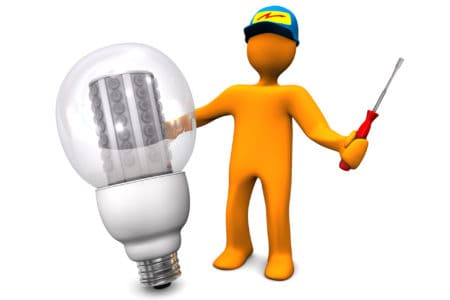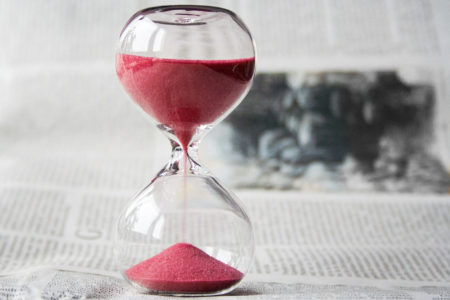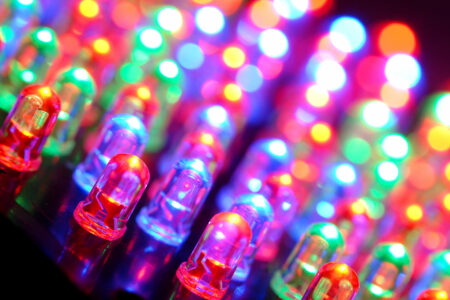In contrast to the well-known light bulbs, many modern LED lights are no longer interchangeable. So it is impossible to replace a defective LED. This seems to be very negative at the first moment. Here you can find out what this means in individual cases and what you can still do if the lamp is faulty.
Use replaceable or integrated LED lights?
From the old lighting techniques we were used to be able to replace the illuminants in the fixture. So it was easy to replace a broken lamp. You could also replace the bulb with a lighter or darker one. With the rise of LED technology, this is no longer possible in many cases. Nowadays there are two variants on the market:
- Interchangeable retrofit bulbs
- Non-replaceable integrated LED fixtures
Retrofit LED lamps are used to convert existing luminaires to modern LED. With these you can easily replace old halogen or energy-saving lamps with LED technique. The retrofit LED bulbs of course are still interchangeable. However, there are more and more luminaires with fixed and integrated LEDs. These can no longer be replaced by the consumer.
Light fixtures with integrated LEDs are dominating
Millions of luminaires with the familiar lamp sockets are still installed in most households. Retrofit LEDs are a sort of transitional solution. If you take a look around lamp stores and online shops, you will quickly notice that around 80% of all luminaires are equipped with permanently integrated LEDs. The proportion of luminaires with non-replaceable LEDs is rising steadily.
Often only luminaires from stock are available with traditional lamp sockets. The trend towards fixed LEDs is clearly noticeable. If, for example, a new luminaire is to be purchased during a renovation or after a move, the choice is likely to fall on a luminaire with integrated lights.
Replaceable LED bulbs
The exchangeable LED light sources are called retrofit or replacement bulb. Even if more and more luminaires with permanently integrated LEDs are coming onto the market, the exchangeable retrofits will still be available for a long time to come. Below you will find the advantages and disadvantages of replaceable light sources.

Pros of replaceable LED bulbs
The main advantage is obvious: a broken lamp can easily be replaced. Replacement bulbs are available from any store or online shop. The replacement can easily be done by the consumer. A further advantage is the possibility of using a lamp with a different brightness or a different beam angle, depending on your requirements.
- Easy replacement for a defective bulb
- Simple switch to a lighter or darker light source
Concs of replaceable LED bulbs
As useful as exchangeable lamps may be, there are also disadvantages. Because they can be replaced, the bulbs must fit into the specified lamp sockets. Thus the bases of the retrofits are firmly defined. As a result, the replacement lamps have very similar shapes to their predecessors. Depending on the socket, this results in restrictions on the size and design of the luminaire.
- Preset shapes
- Fixed defined lamp sockets
- Limitations on luminaire design
Integrated LED light fixtures
Modern LED luminaires with permanently installed light sources are coming more and more. These are often referred to as native LED luminaires. Some consumers are very critical about such luminaires. This is mainly due to the fact that they were used to being able to replace the light sources in the past. This option is now no longer available. Here you will find the advantages and disadvantages of permanently integrated LEDs.
Pros of integrated light fixtures
Light emitting diodes themselves have a very small design. For the operation additional heat sinks and LED drivers are needed. All components can be arranged arbitrarily. This makes it possible to produce luminaires with modern shapes and designs that would not be possible with replaceable lamps.
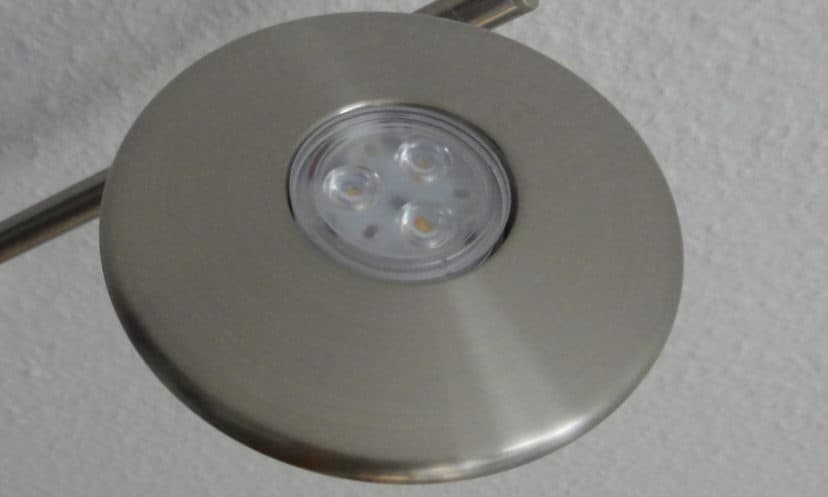
The integrated LEDs are normally selected by the manufacturer to match the respective luminaire. This means that the beam characteristics in particular always match the shape of the luminaire. A further advantage is the very long lifespan of LEDs from 15,000 to 50,000 hours. Depending on the daily burning time, the lamps last 10 years or longer.
- Extremely flexible luminaire design
- Small compact luminaires possible
- LED characteristics matching the luminaire
- Very long lifespan
Cons of integrated light fixtures
The main disadvantage remains the impossibility for the consumer to replace a defective lamp. It is also not easy to replace an illuminant with a lighter or darker one. Fortunately, this is countered by long-life and dimmable LEDs.
- No replacement possible
- Lack of adjustability
What to do with a faulty light?
If one or more LEDs in a luminaire with non-replaceable lamps are defective, the entire luminaire does not have to be disposed of immediately. You should check whether the lamp is still under warranty. LED lights are often sold with a multi-year warranty. In this case, the dealer should replace or repair the lamp.
If the warranty has already expired or if you no longer have proof of the purchase date, it can still help to contact the store or the manufacturer. Especially in the case of luminaires from big brands, the defective LEDs can often be replaced by a specialist workshop. In this way, a defective LED light can often be revived at low cost.
- Check warranty
- Contact dealer
- Have luminaire repaired by manufacturer
Disposal of defective luminaire
If it is impossible to repair the integrated LEDs or it is not worthwhile to do so, the entire luminaire must be disposed. Fortunately, unlike the old energy-saving lamps, LED lights do not contain mercury. Nevertheless, in addition to the LEDs, other electronic components are contained in the luminaire.
For this reason, LED luminaires must not be disposed of as household waste and must be disposed of as electrical waste. Depending on the region, there are appropriate municipal collection points or recycling centers. Many shops and DIY stores also accept defective luminaires.
Conclusion
The lack of interchangeability of integrated light sources in many LED luminaires is only a disadvantage at first glance. Due to a long life expectancy, LED faults are very rare compared to old lighting technologies. The problem is further alleviated by long warranty. Luminaires with modern designs are a nice advantage and these were just possible thanks to LED technology.
